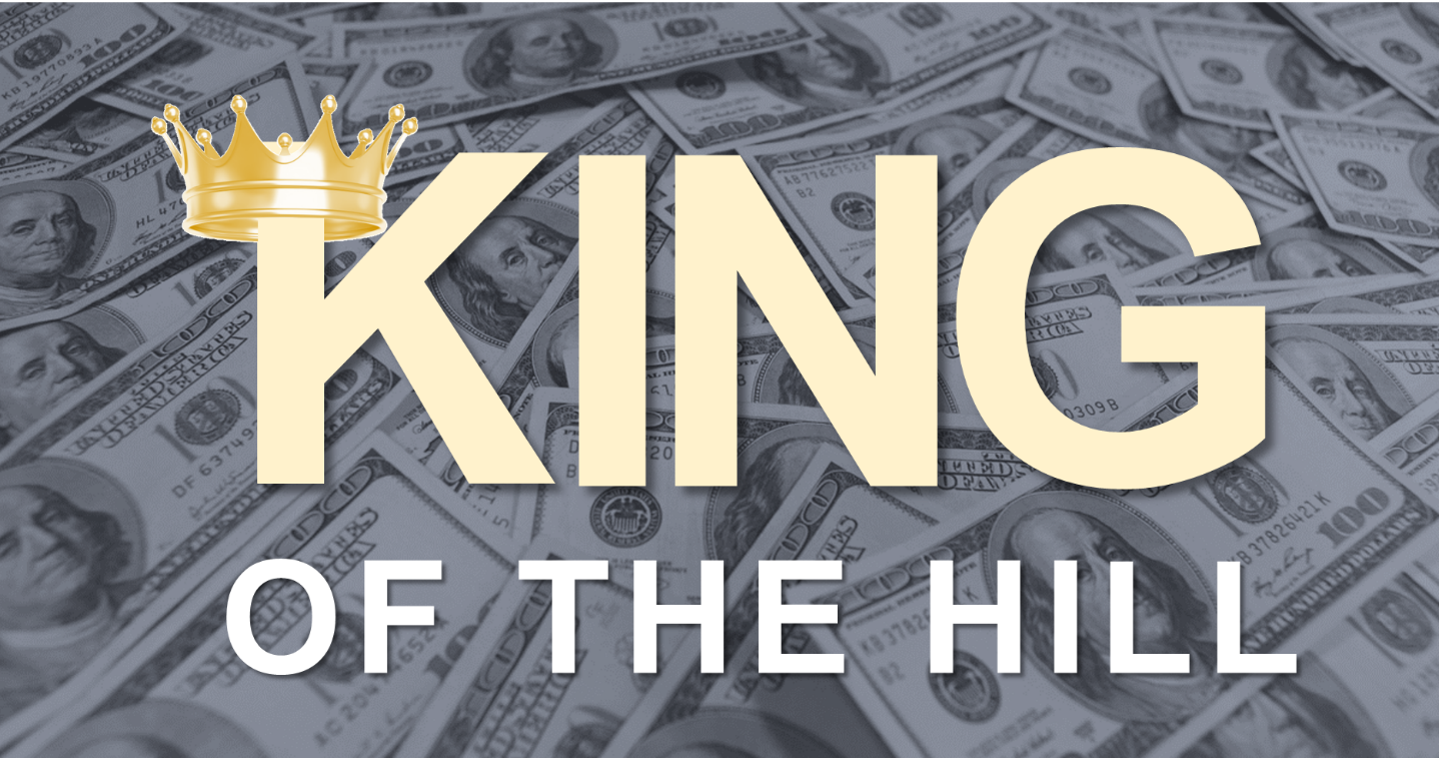
Summary
- The Federal Reserve’s monetary policy initiatives stand as the top reason why stock market returns soared to new highs in 2020.
- Muted inflation in the near-term will likely prevail until capacity utilization improves coincident with declines in unemployment (closing the output gap).
- Investors should overweight equities in this environment and look increasingly to commodities and real estate as hedges to unexpected inflation shocks in the future.
- For specific asset class weightings and portfolio positioning, stay tuned for our Independent View slated for release in February 2021.
Download and/or print or continue reading.
Independent View
Receive our quarterly market outlook directly in your inbox.
Perplexing Outlook
Conventional thinking is that 2020 has collectively been the worst year of everyone’s lives. I’ll spare you what usually comes next: the obligatory three-points supporting that contention. Are any really necessary? Maybe you are different and turned off the news at the end of 2019 or you possess the mental toughness of a championship golfer or Super Bowl winning quarterback, able to stay focused by defying all distractions and marching on. I’m envious if that’s you, especially the golfer.
In any event, investors face a perplexing outlook amidst record U.S. stock prices juxtaposed with an economy that’s still in early recovery. It’s not unusual to see strong stock returns coming out of a recession, but it is momentous to set new records so quickly in the midst of and shortly after a recession. Neither U.S. economic ingenuity nor some radically new economic model can be linked to the resilience in equity prices, but rather the U.S. Federal Reserve acting on its “exorbitant privilege” via the U.S. dollar. The Fed officially set into place this past August the “average inflation target” policy guaranteeing that the domestic money stock will hasten at levels greater than hitherto. In light of this regime change in Fed policy investors are left asking, “How long can the U.S. print money like this?”
How Long Can This Last?
Creating, controlling, and distributing money is the most authoritative lever government enacts on its citizens. Changes in the money supply undeniably define the purchasing power of notes in domestic and global trade but it also generates second order effects that influence societal ethos that encompasses morality. While connecting an inflating money supply with the moral choices of the citizenry may seem too far afield, the German hyperinflation of the 1920’s and the more recent economic collapse of Zimbabwe tell of this reality.1 Unfortunately, the impact to society of runaway inflation is far more burdensome than merely paying for a loaf of bread with a wheelbarrow full of paper money.
Forget About Hyperinflation
Fortunately, a hyperinflation scenario in the United States is generally ruled-out in the near-term given two contributing factors: the reserve currency status of the dollar and the capacity of the U.S. military particularly the Navy and of course, the nukes. Economists and pundits stereotypically limit their focus of global economics to balance sheets describing terms of trade and an analysis of the political amphitheater to consider economic potential. When looking at the world in this way, some of those analysts conclude that currencies of other nations are on the cusp to take over the dollar’s reserve status. As the U.S. debases its currency, so goes the argument, it results in the increasing likelihood the dollar loses its dominance as trading partners rebel and embrace another currency or a basket of currencies. On paper, this may look practical but the reality is that the nation with the most sophisticated armaments in terms of guns, tanks and helicopter gunships is able to provide better backing for a currency than even hard assets like silver and gold. This leads to one of the key contrasts from Germany in the 1920’s to the United States today. Unlike Germany, the U.S. is not facing demands for reparations in the aftermath of a lost world war, unable to produce goods due to its most valuable lands and ports being confiscated, or stripped of its military apparatus to stop foreigners from doing as they please.
Think about this: with millions unemployed and an economy in tatters, the German central bank was able to keep the printing press and a dysfunctional economy going for nearly 5-years following the end of WWI in 1918. King dollar, in contrast, stands tall in the world with few worthy competitors.
Not So Fast
Nevertheless, before you breathe a sigh of relief that the “inflation monster”2 isn’t yet at on your front stoop, there are some shared attributes of life today with those economies that later blew-up into hyperinflation. For one, the U.S. government is paying citizens to stay home and a considerable amount of society remains unproductive. Many workers could not transition from “off-line” to “on-line” during the pandemic. The combo of reduced real economic growth simultaneous to increases in money supply via stimulus checks is inflationary.
Two, the stock market is roaring despite higher unemployment. Of late, this has led some concerned investors to wonder, “How can the stock market be so disconnected from the economy?” The answer to this enigma is that central bank monetary policy dominates far greater than what most perceive. Then there are those that are delighted by the ‘wealth effect.” Stable prices for things like popcorn and soda tempt them to think, “We are getting ahead.” Yet, the preponderance of negative real interest rates across the U.S. Treasury yield curve tells us that even with these tepid levels of inflation expectations for long-term economic growth are subdued. Eventually, prices will adjust upward so don’t spend all of those extra shekels that seem like part of a windfall surplus.
Three, hoarding takes place for essentials such as food, fuel, and hard currency plus there is even a proliferation of alternative currencies. Cryptocurrencies like Bitcoin, Ethereum, and Litecoin etc. are increasingly sought after as a response by some to the governmental debasement of fiat currency. Quarters, dimes, and nickels have even been harder to come by of late.
Gain More Insights
What’s An Investor To Do?
So, what to do as an investor? Your savings and investment strategy necessarily need to incorporate the regime changes in U.S. monetary policy. In the early 1980’s when inflation breached 15%, you could buy long-term U.S. government bonds as a hedge which yielded just over 15% thus preserving your purchasing power. Today, the yield on U.S. government debt maturing in 10-years is just below 1% but you have areas of expenses that are growing by multiples higher than that current yield for sure. For now, your best play is to favor equity securities and especially those with high returns on invested capital, arguably the best measure of how valuable a business brand is to its customers. Apart from equities, the traditional inflation fighting toolkit needs to be altered.
Commodities and real estate can still be considered but the days of expecting higher yields on cash can rightfully be labeled as wishful thinking. It is indeed time to ponder alternative inflation strategies that specifically hedge outsized household expenditures. You can identify these by observing where your pocket book is getting hit the hardest. For example, take a look at your medical bills and insurance premium costs and then pull-up some stock charts of the largest health insurers. You will notice a high correlation between your rising costs and their rising profits. Could a strategy include buying the equities of the company’s to which you are giving the most money?
The Threat of Inflation Remains
In the end, inflation is still something with which you must cope. All signs point to higher inflationary pressures across the board but that won’t likely be realized until global output gaps are closed and trend positive for a few years. There is too much slack in the economy for an inflationary surge even with the Fed’s balance sheet currently at 34% of US GDP. That’s nearly 6x what it was prior to the Great Financial Crisis in 2008.
The prudent investor knows that even as the money stock is rising sharply, there is often a multi-year time delay before the second order effects appear on prices for goods and services of all kinds. For now, the U.S. dollar remains King of the Hill affording the United States the ability to print money big time. I encourage you to not underestimate the duration of the money printing exercise or the resolve of the Federal Reserve in its new policy regime. For how long this all goes on is hard to tie a timeframe, but if history is any guide the U.S. can likely go on inflating for much, much, longer than what most of us can fathom.
Sources:
1 The former is discussed at greater length in the following pages of the “Research Review” section in summary of: “When Money Dies, The Nightmare of Deficit Spending, Devaluation, and Hyperinflation in Weimar Germany” and next quarter the focus will be the economic plight of Zimbabwe.
2 A term utilized by George Cooper in “The Origin of Financial Crises: Central Banks, Credit Bubbles, and the Efficient Market Fallacy.” Highly recommended reading.
The information/summary/prices/quotes/statistics contained herein have been obtained from sources believed reliable but are not necessarily complete and cannot be guaranteed. Past performance results are not necessarily indicative of future results. Francis Investment Counsel does not provide tax or legal advice.



